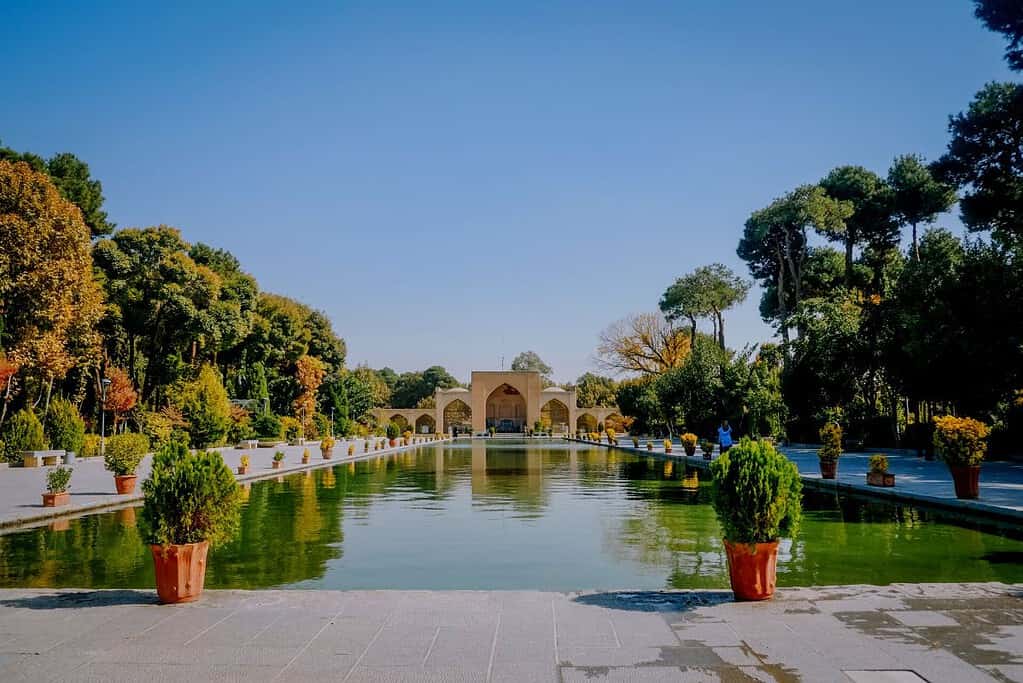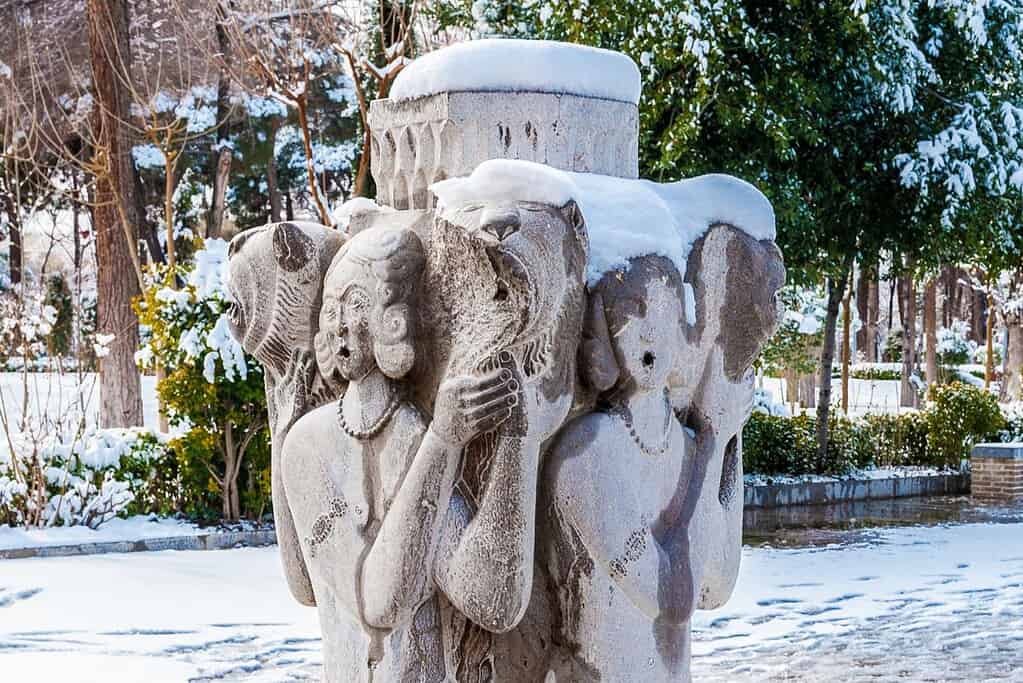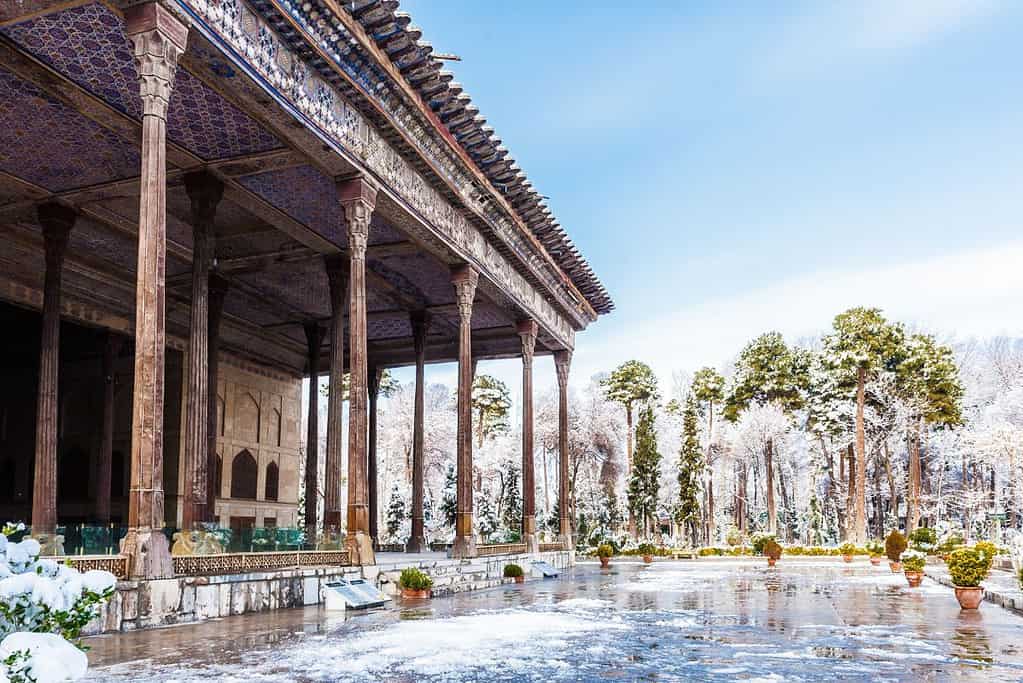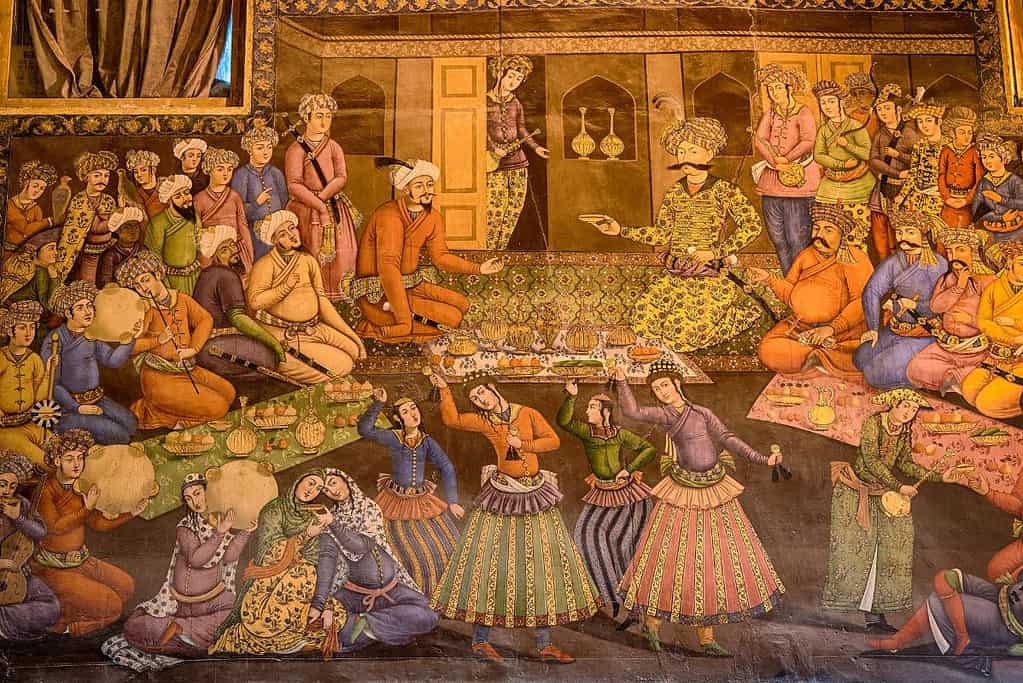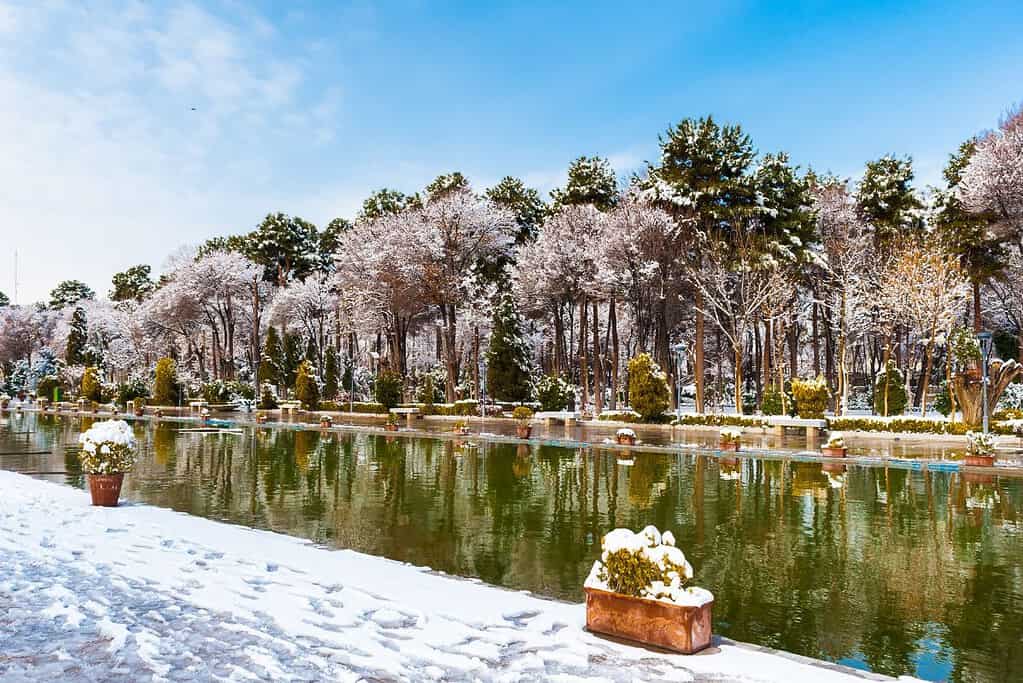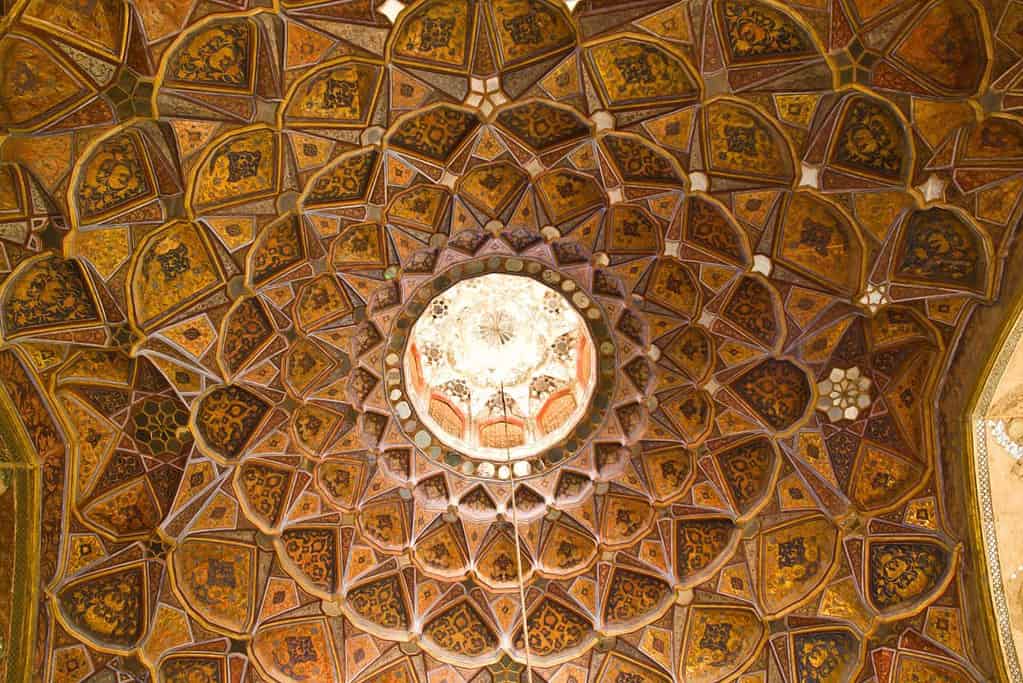Table of Contents
Travel to Chehel Sotoun, which translates to “Forty Columns,” is a captivating 17th-century palace set amid lush gardens in the historical city of Isfahan, Iran. Built by Shah Abbas II as a pavilion for his court’s entertainment and receptions, this architectural gem is renowned for its elaborate frescoes, impressive tile work, and distinctive wooden columns. The palace is part of the larger Isfahan Site, which includes the Naghsh-e Jahan Square and its surrounding monuments.
When you visit Chehel Sotoun, wander through the tranquil gardens, admire the stunning murals depicting historical events, and marvel at the palace’s unique layout, which creates the illusion of forty columns when the wooden columns are reflected in the large pool in front of the pavilion.
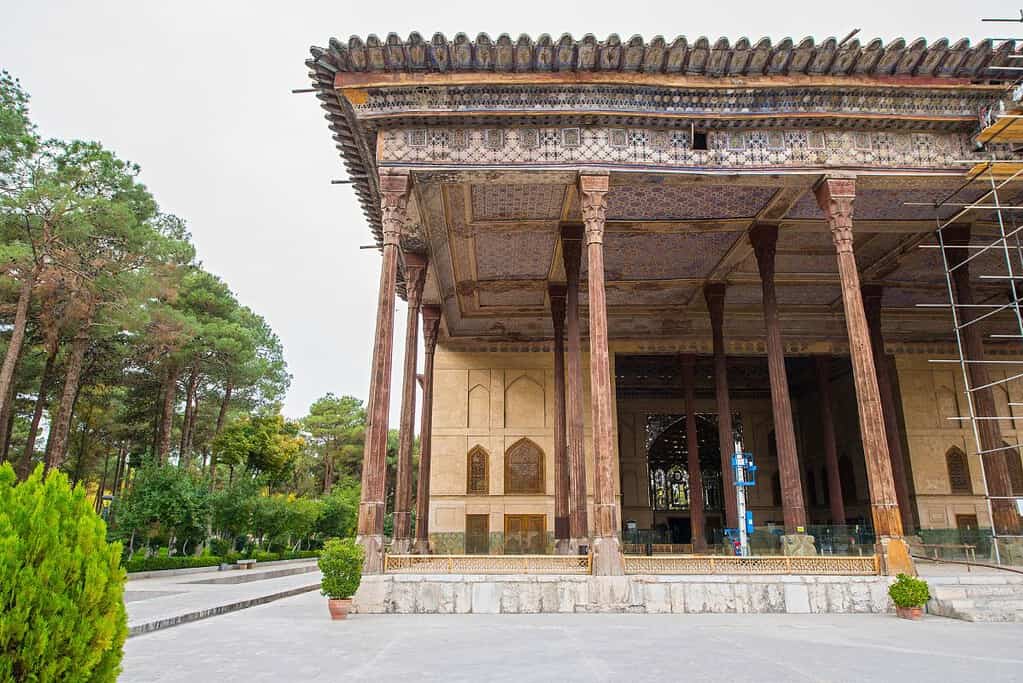
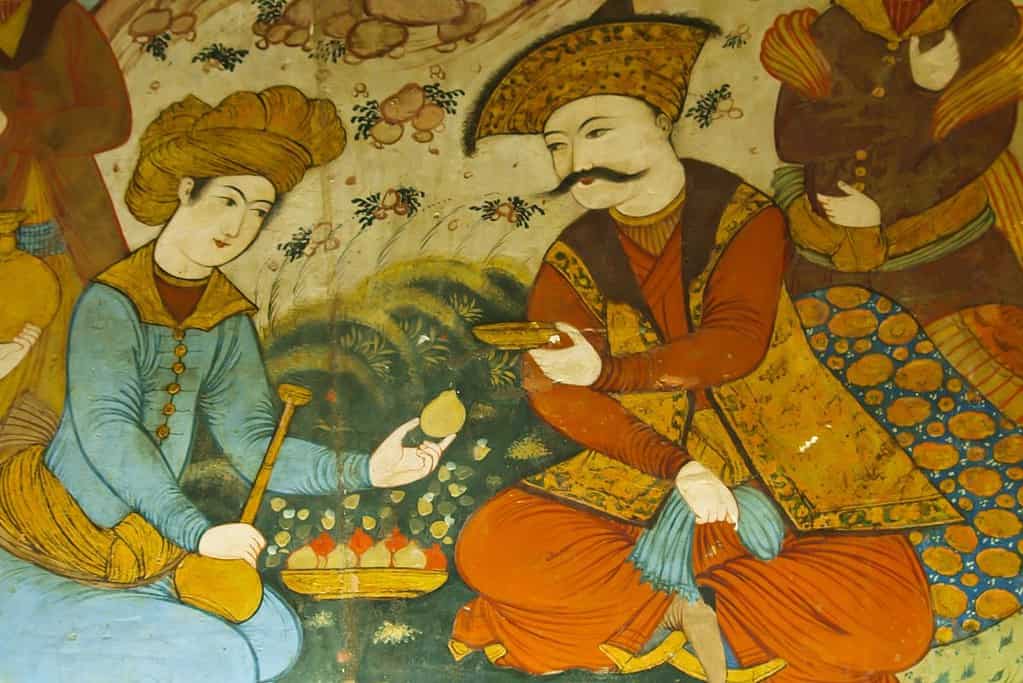
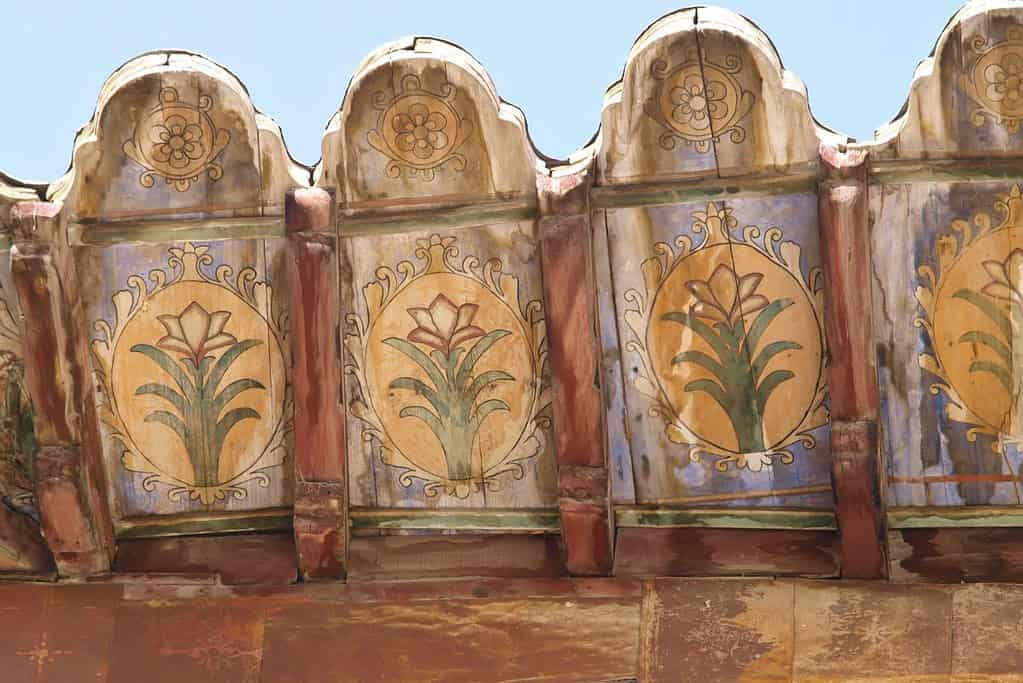
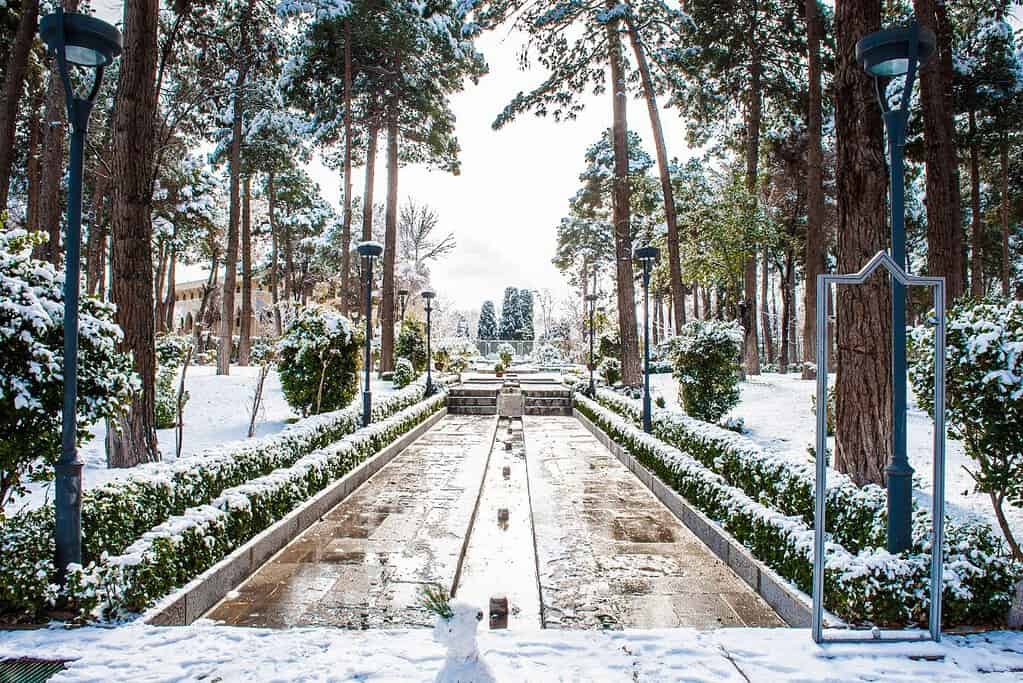
Chehel Sotoun, Iran
“Chehel Sotoun, a 17th-century Persian palace, is a showcase of Iran’s rich history and architectural mastery.”
Curiosities about Chehel Sotoun:
- Chehel Sotoun is located in Isfahan, Iran.
- The palace was built in the 17th century by Shah Abbas II.
- The name “Chehel Sotoun” translates to “Forty Columns.”
- The palace is known for its intricate frescoes, tile work, and unique wooden columns.
Visit Chehel Sotoun

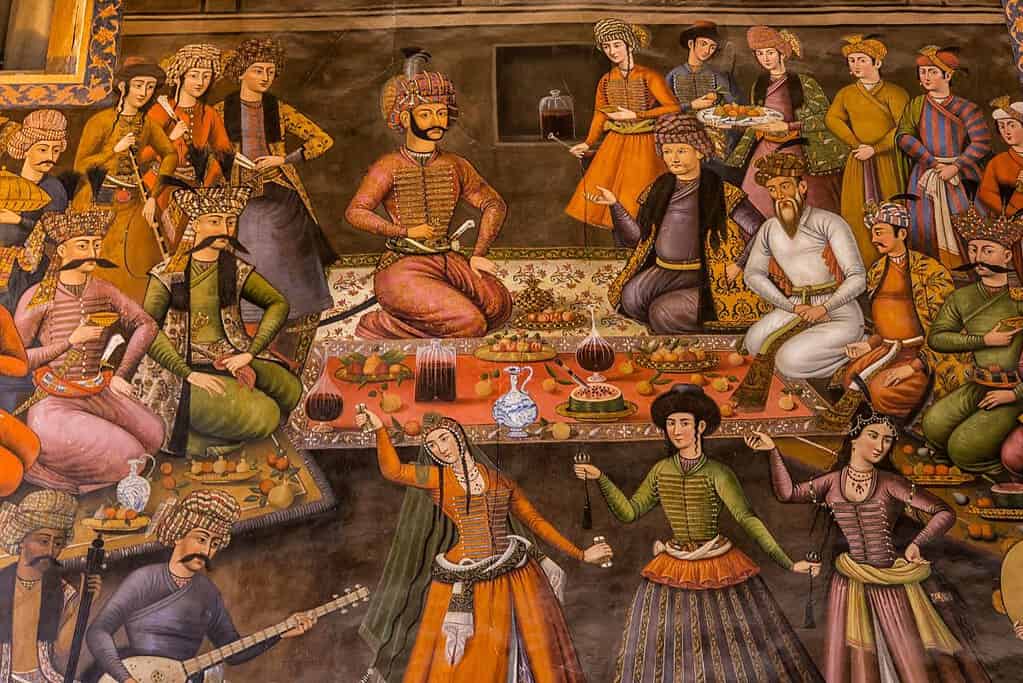
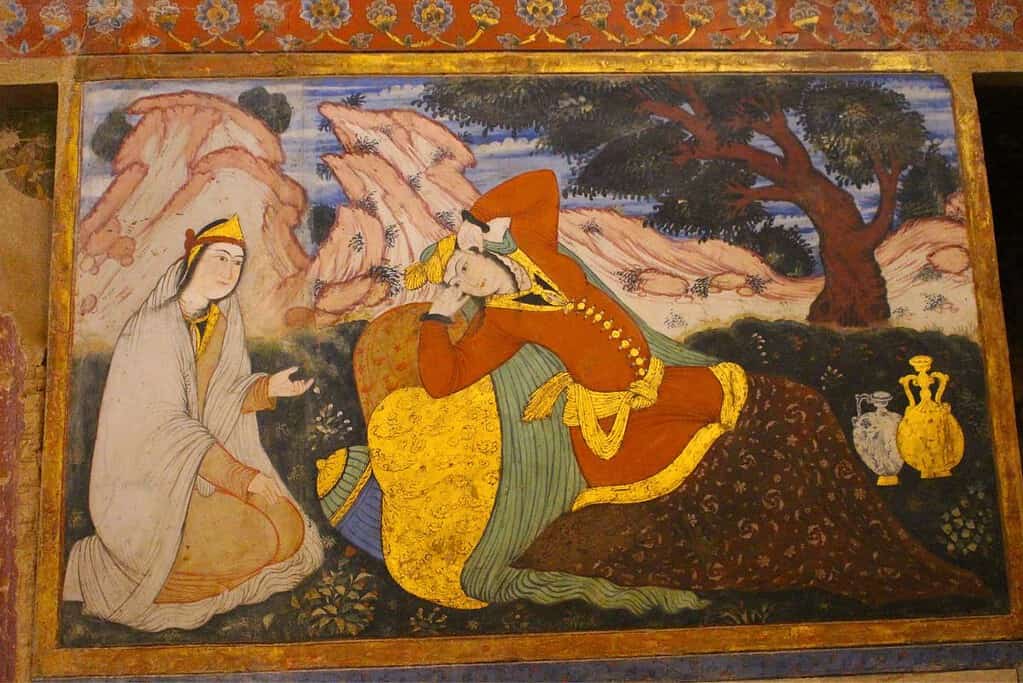
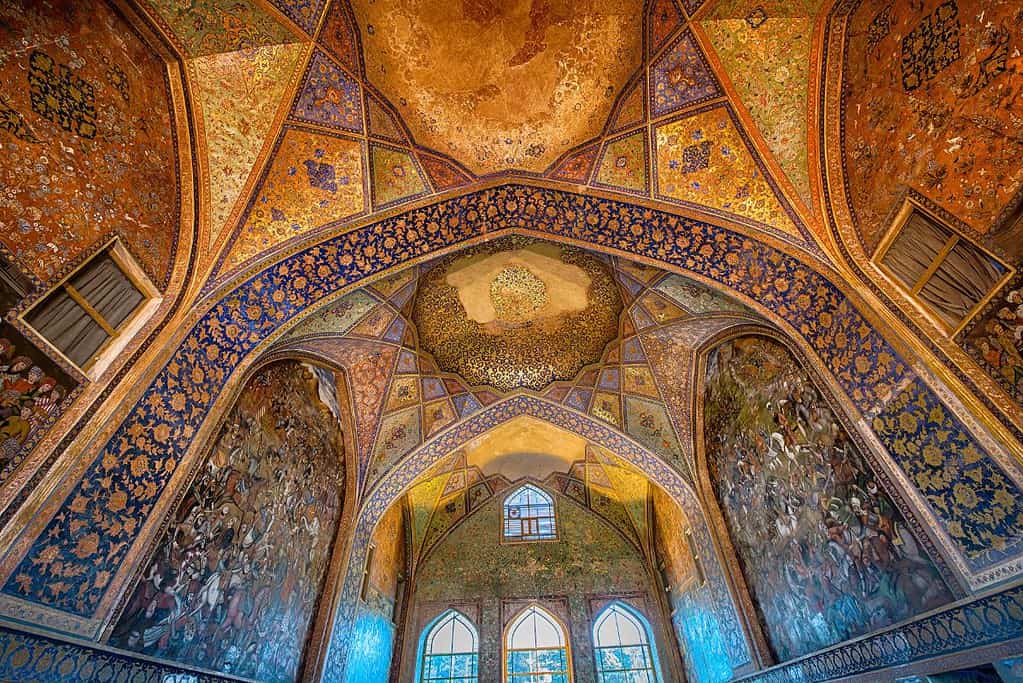
Explore the serene gardens, study the detailed frescoes depicting historical events, and appreciate the unique architecture that makes Chehel Sotoun a must-visit destination for history and art enthusiasts.
Map of Chehel Sotoun Palace
Discover Chehel Sotoun Iran
- Tranquil Gardens: Stroll through the lush gardens surrounding the palace.
- Elaborate Frescoes: Admire stunning murals that depict significant historical events.
- Impressive Tile Work: Marvel at the intricate tile work adorning the palace’s walls and ceilings.
- Unique Architecture: Appreciate the distinctive wooden columns that create the illusion of forty columns when reflected in the palace’s pool.
Travel to Chehel Sotoun
Visit Chehel Sotoun and explore this Persian palace’s rich history and breathtaking beauty. Travel to Isfahan, Iran, and immerse yourself in the captivating allure of this Site.
Photos of Chehel Sotoun
Images of Chehel Sotoun showcasing its enchanting gardens, intricate frescoes, impressive tile work, and unique wooden columns that define the palace’s distinct architecture.
